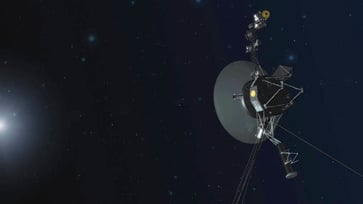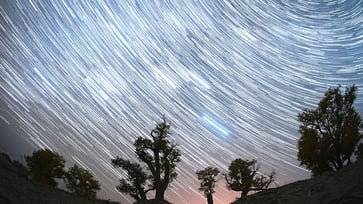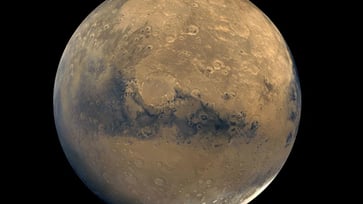The peak of the Perseid meteor shower occurs Sunday night, promising a spectacular display for stargazers.
Hundreds of meteors could be produced by a shower.

Stargazers could witness a spectacular show during the Perseid meteor shower, which peaks late Sunday night and will be accompanied by a dark sky due to the moon's early setting.
The Perseid meteor shower is best viewed from midnight to dawn, with the greatest number of meteors seen just before dawn. However, it's not necessary to stare at the radiant point, as meteors can be seen anywhere in the sky.
Since July, the annual meteor shower has been active and is known for producing "bright blue meteors, and lots of them," as stated by University of Warwick astronomer Don Pollacco.
Every year, the Earth passes through comet Swift-Tuttle's debris, resulting in a shower.

The Perseids meteor shower typically exhibits only a few meteors per hour, but the peak can bring significantly more. NASA predicts that the number of meteors per hour can range from a few dozen to up to two hundred.
The waxing moon will set at 10:30 p.m., but those in areas with clear skies and no light pollution may still see many meteors tonight.
NASA advises stargazers to leave the city and search for the darkest spot possible to maximize their experience of the meteor shower.

Before venturing out, NASA advises checking the weather forecast to anticipate the impact of fog and clouds on the view.
According to the American Meteor Society, under the right conditions, budding astronomers may observe 50 meteors per hour, and the best part is that they can do so without any special equipment.
Space rocks that enter the Earth's atmosphere become extremely hot due to resistance from the air. This causes the air around the rock to glow and creates a fiery tail. These space rocks, also known as shooting stars, can sometimes be seen in the night sky with the naked eye.

NASA's Bill Cooke stated that the Perseids are composed of larger particles than many other showers, resulting in brighter fireballs that are easier to observe.
The Perseid meteor shower is frequently regarded as the top of the year because of its high meteor counts and agreeable weather.
In 1993, the only meteor shower to delay a Space Shuttle launch was STS-51.
Viewers can best see the meteor shower in the Northern Hemisphere.
The Perseids are named after the constellation Perseus, where they appear to radiate from.
NASA stated that to view the show, all you need is a clear sky, darkness, and some patience. Meteors can typically be seen throughout the sky, so there's no need to look in a specific direction.
The Associated Press contributed to this report.
science
You might also like
- Lunar modules from the first two moon landings have been captured in stunning detail by Orbiter photos, more than 50 years after the historic missions.
- Discovery of a remarkable mastodon jaw in a New York homeowner's backyard
- NASA resumes communication with Interstellar Voyager 1 after pause.
- In 2055, the asteroid that was once referred to as Earth's "mini moon" will make a return visit.
- A new species of sea slug that resides in the ocean's 'midnight zone' has been discovered with a glowing appearance.



















